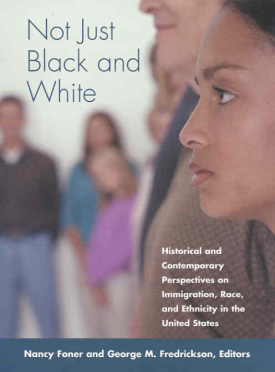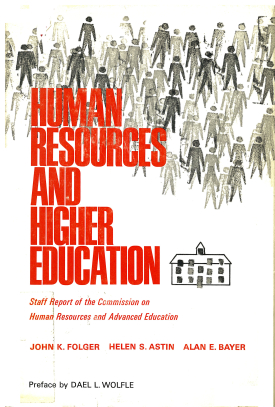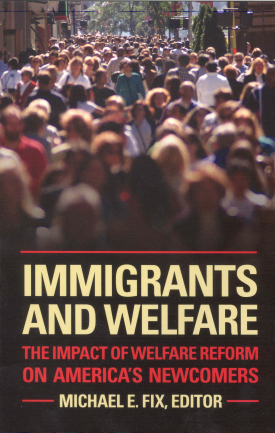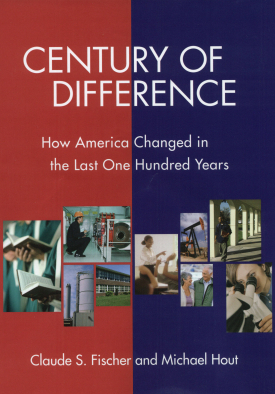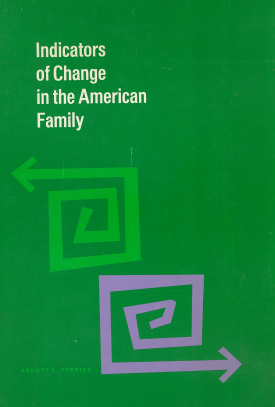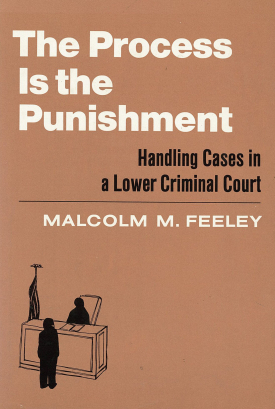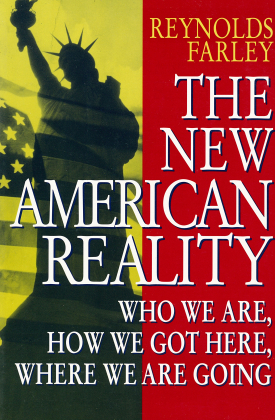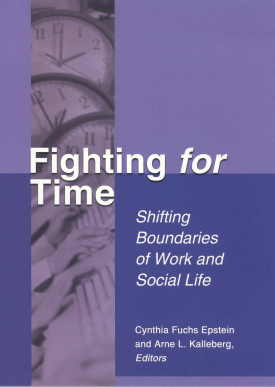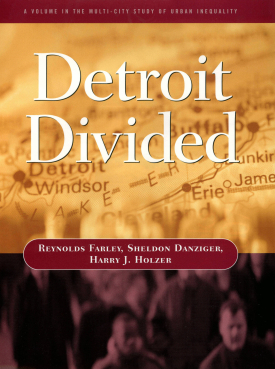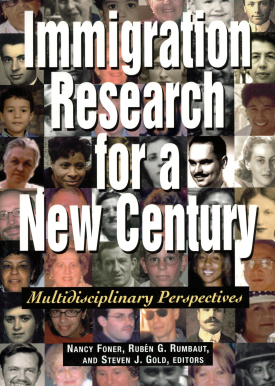
Immigration Research for a New Century
About This Book
The rapid rise in immigration over the past few decades has transformed the American social landscape, while the need to understand its impact on society has led to a burgeoning research literature. Predominantly non-European and of varied cultural, social, and economic backgrounds, the new immigrants present analytic challenges that cannot be wholly met by traditional immigration studies. Immigration Research for a New Century demonstrates how sociology, anthropology, history, political science, economics, and other disciplines intersect to answer questions about today's immigrants.
In Part I, leading scholars examine the emergence of an interdisciplinary body of work that incorporates such topics as the social construction of race, the importance of ethnic self-help and economic niches, the influence of migrant-homeland ties, and the types of solidarity and conflict found among migrant populations. The authors also explore the social and national origins of immigration scholars themselves, many of whom cameof age in an era of civil rights and ethnic reaffirmation, and may also be immigrants or children of immigrants. Together these essays demonstrate how social change, new patterns of immigration, and the scholars' personal backgrounds have altered the scope and emphases of the research literature, allowing scholars to ask new questions and to see old problems in new ways.
Part II contains the work of anew generation of immigrant scholars, reflecting the scope of a field bolstered by different disciplinary styles. These essays explore the complex variety of the immigrant experience, ranging from itinerant farmworkers to Silicon Valley engineers. The demands ofthe American labor force, ethnic, racial, and gender stereotyping, and state regulation are all shown to play important roles in the economic adaptation of immigrants. The ways in which immigrants participate politically, their relationships among themselves, their attitudes toward naturalization and citizenship, and their own sense of cultural identity are also addressed.
Immigration Research for a New Century examines the complex effects that immigration has had not only on American society but on scholarship itself, and offers the fresh insights of a new generation of immigration researchers.
NANCY FONER is professor of anthropology at the State University of New York, Purchase.
RUBÉN G. RUMBAUT is professor of sociology at Michigan State University.
STEVEN J. GOLD is professor and associate chair in the Department of Sociology at Michigan State University.
CONTRIBUTORS: Steven J. Gold, Rafael Alarcon, Nancy C. Carnevale, Catherine Ceniza Choy, Josh DeWind, Ingrid Gould Ellen, Herbert J. Gans, Greta Gilbertson, Jennifer S. Hirsch, Jon D. Holtzman, Jane Junn, Kathy A. Kaufman, Fred Krissman, Gallya Lahav, Jennifer Lee, Peggy Levitt, Howard Markel, Gaspar Rivera-Salgado, George J. Sanchez, Audrey Singer, Alexandra Minna Stern, Ayumi Takemaka, Mary C. Waters, Steven S. Zahniser, Aristide R. Zolberg.

